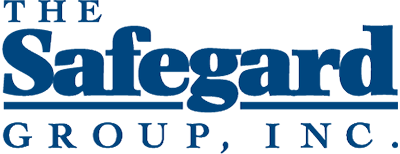Properly Educating
The Safegard Group provide companies with ongoing educational material to reinforce understanding, correct usage of offered plans, and ensure company compliance with required documentation.
Employers are responsible for educating their employees about the health coverage options they offer. Employees have the right to receive clearly presented health and benefit information and assistance reading health materials, if needed.
More specifically, employers are responsible for informing employees of:
- What benefits are covered in the offered health plan(s)
- Cost-sharing requirements and arrangements
- Procedures for resolving complaints and appealing decisions
- Licensure, certification and accreditation status
- Methods for measuring consumer quality and satisfaction
- Composition of the provider network
- Obtaining referrals to specialists
- Cost of emergency care services
- Price, quality and safety of health benefits provided by the offered plans
Required Documents
The Employee Retirement and Income Security Act (ERISA) requires health plan administrators to give plan participants specific information about the benefits to which they are entitled, including covered benefits, plan rules, financial information, and documents about the plan’s operation and management. This information must be provided in writing on a regular basis or upon request.
There are certain materials that a plan sponsor must provide to each participant and beneficiary in a plan, even if not requested:
- Summary plan description
- Summary of material modifications (whenever the plan is amended)
- Summary annual report (contains information on the financial condition of the plan)
- Summary of Benefits and Coverage
These materials can be provided electronically, as long as certain requirements are met, including the requirement that the plan member gave consent to receive the documents electronically.








